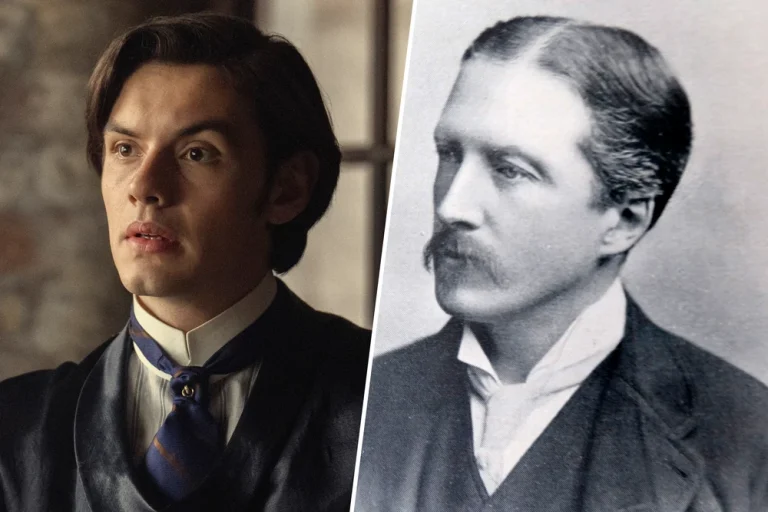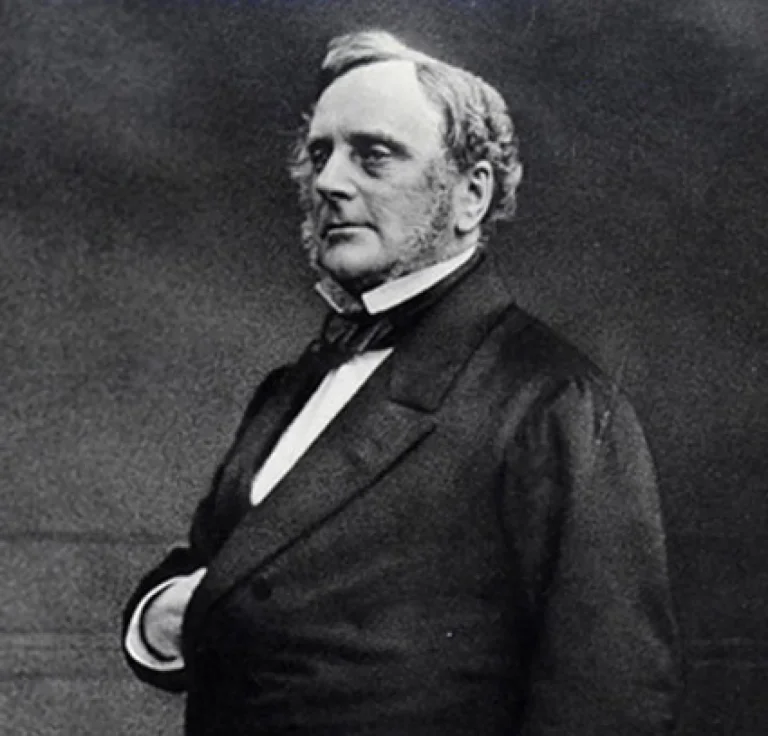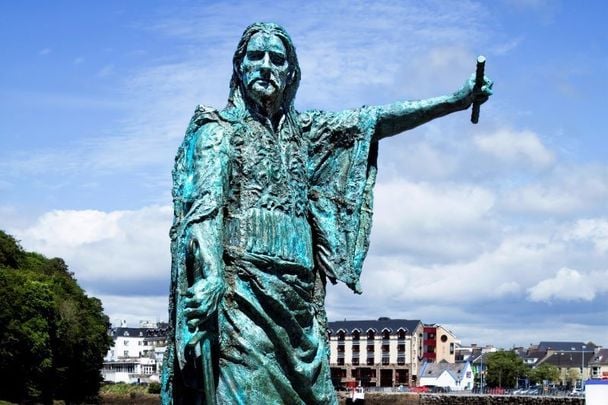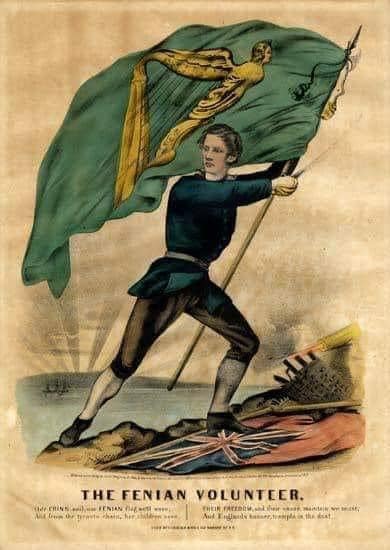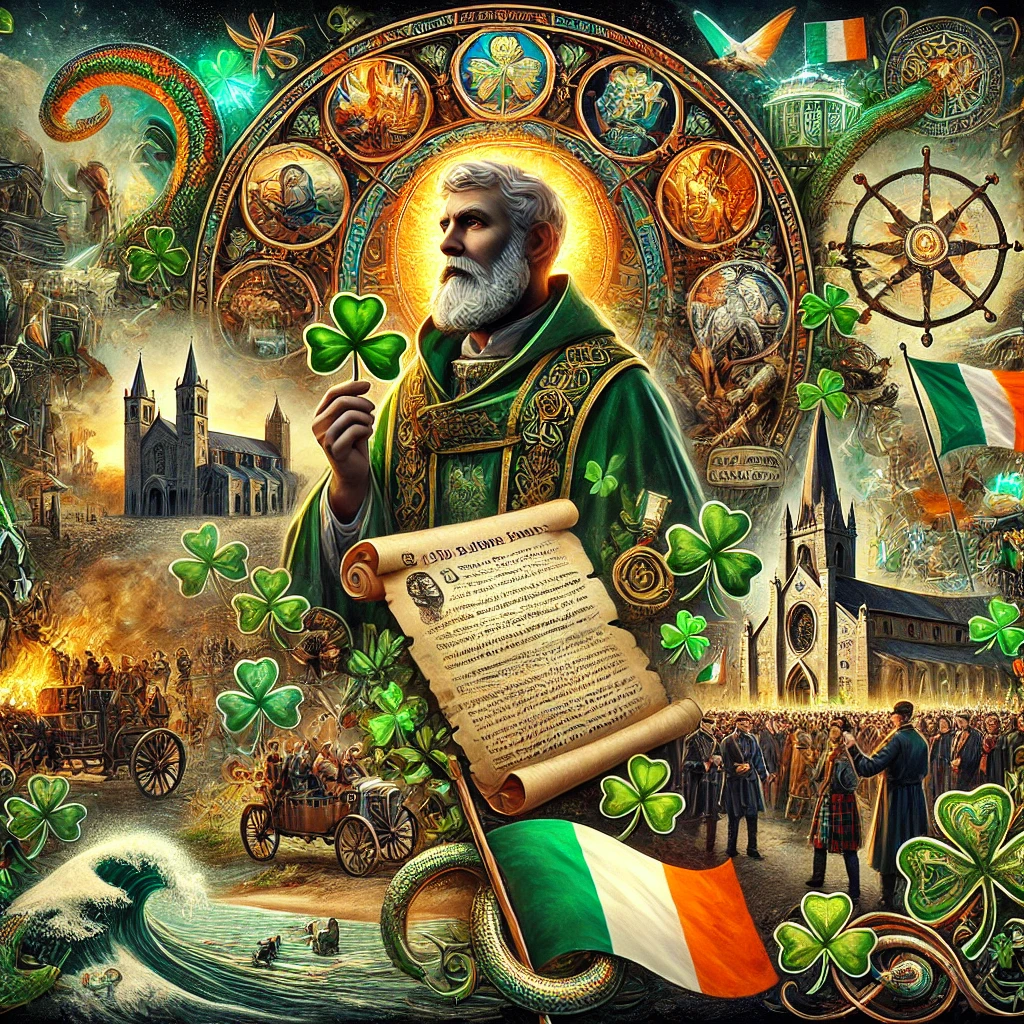
There’s a strange magic in the way the Irish remember. A memory that isn’t clinical or tidy—it’s textured, it’s fiery, it’s half myth, half miracle. And nowhere is that more evident than in the stories we tell about St. Patrick.
He’s a symbol. A legend. A contradiction wrapped in a cassock. But before you raise a pint to the green-clad saint or march behind a float in St. Patrick’s Day Dublin 2025, you’d do well to know who the man really was—and what history tries to hide beneath the fanfare.
Here are ten raw, real, and revelatory facts about Ireland’s most famous figure.
1. St. Patrick Wasn’t Irish
Let’s start by blowing the first horn of heresy: Patrick was born in Roman Britain, likely somewhere in Wales or Scotland. The patron saint of Ireland didn’t start in Ireland at all.
And maybe that’s fitting—because the Irish spirit isn’t about where you begin. It’s about where you fight to belong.
2. He Was Enslaved as a Teenager
At age sixteen, Patrick was kidnapped by Irish raiders and sold into slavery. He herded sheep on a cold mountainside in Antrim, and it was there—amid loneliness and frost—that he found God not in cathedrals, but in the howl of the wind.
3. He Escaped… and Then Came Back
Most would flee and never look back. But not Patrick. After six years, he escaped slavery, returned to Britain—and then felt called by dreams and voices to return to the land that had once chained him.
Not to conquer. But to teach. To speak. To heal.
And if that’s not sainthood, what is?
4. He Was Never Canonized by the Catholic Church
Let’s be clear: Patrick was never officially made a saint by the Vatican. There was no formal canonization. No holy paperwork. No golden seal.
👉 And yet, Ireland crowned him with something far greater
Because we don’t need Rome to tell us who is sacred. We know our saints by how they shaped the spirit of our land.
5. He Used the Shamrock to Explain the Trinity
Or so the legend goes. Patrick plucked a shamrock from the ground to explain the Father, Son, and Holy Spirit—three leaves, one stem.
Was it true? Maybe. Was it powerful? Undeniably.
👉 The symbolism still lives on in rituals that stretch all the way to the White House.
6. He Didn’t Chase Out Any Snakes
There were never snakes in Ireland to begin with. What Patrick drove out was metaphorical—the old pagan gods, the ancient beliefs, the wild spirits of pre-Christian Éire.
And still, the snake legend slithers on, wrapped in myth, gleaming with story.
7. His Real Legacy Was Language
Patrick wasn’t just a preacher. He was a writer, a translator of soul and scripture. His letters are some of the earliest surviving documents in Irish Christian history.
He didn’t just teach religion. He taught Ireland how to tell its story in new tongue—and language is the real revolution.
8. March 17th Marks His Death, Not His Birth
St. Patrick’s Day 2025, like every year, marks the day of his death—not his birth. But the Irish, being who they are, turned mourning into celebration, and grief into music.
👉 That celebration now spans from rural crossroads to global cities.
9. His Feast Day Was Originally Religious and Quiet
Before the parades and Guinness-soaked merriment, St. Patrick’s Day was a solemn religious feast, observed in churches and family homes. Pubs were even legally closed in Ireland on March 17th until the 1960s.
Only later did the diaspora and tourism industries turn it into the cultural juggernaut we know today.
10. His Name Isn’t Patty—It’s Paddy
Let this be your final reminder, your cultural PSA, your linguistic revolution:
“Patty” is a burger.
“Paddy” is a people. A spirit. A history.
Say it right.
Bonus Truth: Blessings and Bread Matter Just As Much
If you really want to walk in Patrick’s footsteps this St. Patrick’s Day bank holiday, don’t just wear green—bless someone.
👉 Speak the old prayers and blessings that carry our soul.
And when you gather around your table, break bread not just for food—but for memory.
👉 Whether you eat corned beef or bacon, make it sacred.
Final Thought: Know the Saint, Live the Spirit
So this St. Patrick’s Day 2025, don’t just celebrate the surface. Sink deeper.
Know the ten truths. Share them. Sing them. Shout them over the din of plastic hats and novelty wigs.
Because history isn’t in textbooks—it’s in the blood of the people who still remember.
And Patrick lives on in the story, the struggle, and the soul of Ireland.
